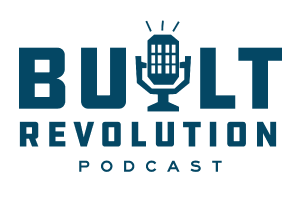In episode 3 of the Energy Evolution Miniseries, Clark Ellis discusses the hydrogen energy transition…
Shifting Gears | Our view of the “Utility of the Future”
An often-heard term at Continuum Advisory Group is “the Utility of the Future”. This most often describes a shift to new or emerging technology that will define a new era of efficient operation. It can change how construction takes place and how companies operate.
While physical assets are critical, there’s another more important aspect of corporate operations at stake, management of the way we run the business. We believe that a “Utility of the Future” will change management practices as much, if not more, than operational practices.
Consider the current gas utility environment: The Industry is subject to increased regulation, deteriorating infrastructure, and an aging experienced workforce that serve an industry that young people are not attracted to. There are many moving parts and managing those parts will be the major challenge – or opportunity.
Utilities will be defined by management, and organizations that encourage independent self-performing teams that have well defined goals and performance metrics.
In order to become this ideal management team-centric organization, personnel would need to:
(a) Have a thorough understanding of expectations and their performance metrics
(b) Have the tools they need – systems, reporting etc. must be available and well distributed
Of course this kind of shift requires strong executive management support, and also the understanding that growth and efficient corporate capital investment are shared responsibilities.
How does a company embody those shared values and responsibilities in their management practices? Organizations who have been successful in fostering this shift all demonstrate the following qualities and characteristics:
- A willingness to change what has been the status quo
- Development of methodologies to brainstorm or collect ideas to significantly improve the status quo
- A strong leadership, willing to delegate responsibility to middle management (a steering group if you will)
- A middle management group “owning” the managing of their areas and taking the steps to proactively monitor and steer the department(s) metrics
- A group of well selected and trained department supervisors and first line managers who are engrained into managing what is happening on a daily basis.
One of the key observations we have made is the significant difference between the well-integrated and communicating management teams and the teams that only meet at staff meetings, report and then go their separate ways. It can be quite obvious to an outside observer as to which team is present.
Well-integrated team members: trust each other, communicate with each other, support each other, welcome input to their own areas’ functions, share information, share challenges, and most of all, are aware of each others’ goals and needs.
Continuum Advisory Group has encouraged clients to look at their organizations to identify potential team members and also leaders. It is from smaller team leadership and interaction that future managers and leaders emerge.
Long-term planning is a strategic capital exercise, but in our experience it is the long-term management of the company that will need executive management to focus upon for greatest impact.

